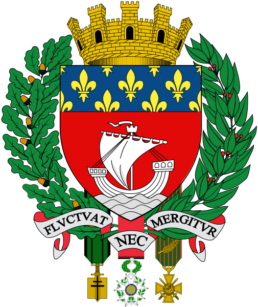The City of Light will soon run on 100% renewable energy for public lighting, while at the same time reducing electricity consumption.
Dubbed “The City of Light,” Paris has 345,000 public light sources, including signage, street, and park lighting. The electricity consumption of public lighting in Paris is 150 GWh, and the energy bill for this amounted to $17.9 million in 2012. To reduce the climate impact of public lighting, the city has committed to purchasing 100% renewable energy for municipal public lighting from 2016, while simultaneously reducing energy consumption of Paris’ public lighting. The contract to purchase all electricity from renewable sources also includes electricity consumed in municipal buildings, amounting to a total of 350 GWh per year.
3,900 tons of CO2 saved from the 30% reduction in public lighting electricity usage by 2020
Cities100 – 2015
To achieve a 30% reduction in electricity consumption in 2020 while maintaining the current scope of public lighting, the City of Paris entered into a 10-year energy performance contract in 2011 for public lighting and luminous signage installations. After the first year of operations, the upgrades led to a 12% reduction in electricity consumption compared to 2004.
The challenge
Paris public lighting is iconic and contributes to the appeal of the French capital, both for Parisians and for visitors. This project addresses the need to maintain the current standard of service while reducing electricity consumption, a substantial expenditure in the city’s budget.
Co-benefits
Economic The 10-year energy performance contract provides a legal guarantee that goals are reached, with achievements assessed each year and penalties applicable in the case of non-compliance. At the same time, bonuses are awarded if observed savings exceed targets.
Environmental Paris expects to save more than 40 GWh of electricity on its public lighting in 2020.
Social Upgraded public lighting provides safety and visual comfort for pedestrians.
About Paris
Paris is the capital and most populous city of France, with an administrative-limits area of 105 square kilometres (41 square miles) and a 2015 population of 2,229,621. The city is a major rail, highway, and air-transport hub served by two international airports. Paris is especially known for its museums and architectural landmarks: its Louvre is one of the most visited art museums in the world.


